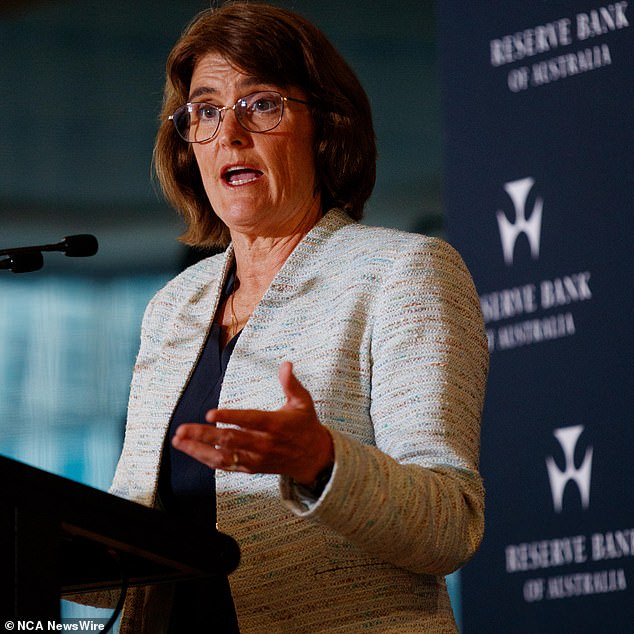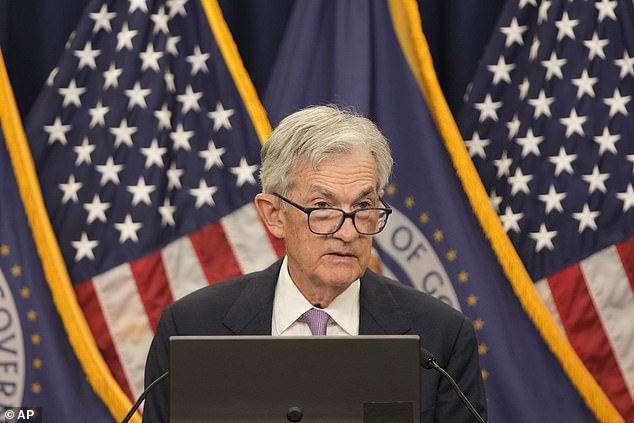Overnight, the US Federal Reserve cut its interest rates by 0.25 basis points. This is the second reduction in US interest rates this year.
By contrast, the Reserve Bank of Australia has not cut rates at all in 2024 and, after its meeting earlier this week, issued a statement saying it will not do so until early next year at the earliest.
Australians have suffered no fewer than 12 interest rate rises since the last election.
So there will be no interest rate cuts for Australian borrowers this year, but there will be two rate drops in the United States. Why the difference?
RBA Governor Michele Bullock said after this week’s board meeting that Australia’s core inflation rate remains too high for rates to fall.
Especially when that reality is combined with too much government spending, which puts upward pressure on said inflation.
On the contrary, the inflation rate in the United States is lower than ours, making it easier for its central bank to reduce the cash rate now.
But there is another crucial difference that explains why American rates are falling and ours are not.
Overnight, the US Federal Reserve cut its interest rates by 0.25 basis points. This is the second reduction in US interest rates this year. Above, Federal Reserve Chairman Jerome Powell
For starters, American rates are higher. Despite two reductions in US rates this year, their cash rate is still higher than ours.
The Australian cash rate is currently 4.35 per cent. In the US it is between 4.50 and 4.75 percent, even after the 0.25 point cut overnight.
So Americans with loans are paying higher interest rates despite the recent cut and despite lower inflation than ours.
This is precisely why politicians demanding that the RBA reduce our rates are playing the populist card without regard for what is appropriate and possible.
Americans raised rates more aggressively when the RBA didn’t in the “fight against inflation” in recent years, which is serving them well now.
It is one of the main reasons why US inflation is lower than ours and therefore its rates are falling.
While Labor MPs and partisan economists have tried to point out that Australian headline inflation is returning to the RBA’s target range of 2-3 per cent, we already know this is largely meaningless.
Headline inflation includes Treasurer Jim Chalmers’ deception in designing energy rebates (in his latest budget) in a way that temporarily and artificially reduces the headline inflation rate.
Independent economists have criticized it ad nauseam.
The core inflation rate eliminates the Treasurer’s deception by excluding the effects of your energy rebate on the inflation figure. Therefore, core inflation is much higher than headline inflation.
Imagine.

Michele Bullock, the RBA governor, rightly ignores Jim Chalmers’s deception on inflation data when making her interest rate calls.
That is why the RBA governor says it is the only figure of the two she looks at when deciding what to do about rates. And rightly so.
If Chalmers does not understand this important distinction, it simply highlights his lack of economic training. Partisan economists who try to focus on the headline number simply expose their own lack of credibility.
Of course, Chalmers and the anonymous partisan economists understand the difference. They just hope you don’t, so their deceptions and false narratives will work politically.
So yes, Australia’s inflation problem is local in origin, despite political attempts to claim otherwise.
And the US central bank is to be commended for the role it played in reducing its inflation rate.
That’s not something that can be said about the RBA, even if it is to be commended for resisting political pressure to lower rates now, before inflation is properly under control again.


